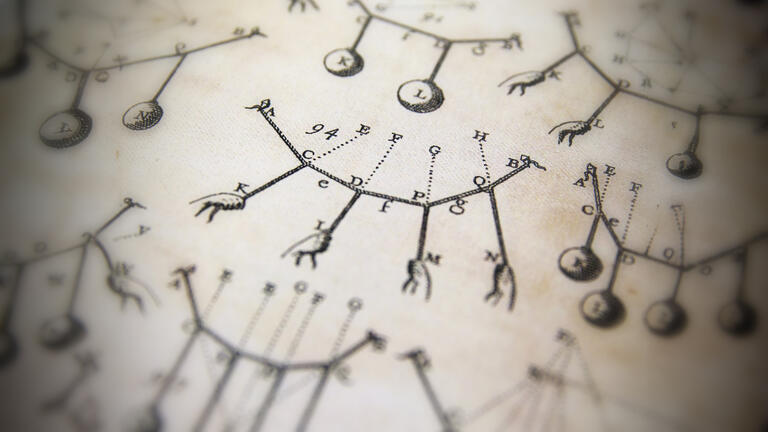Structural Design I: Form and Forces
This course introduces structural systems and the materials and elements that make up those systems. Students study historical and contemporary examples of bridges, long-span roofs and tall buildings from technical, social and symbolic perspectives. As they learn about structures, students develop their problem solving skills and ability to communicate ideas by practicing using equations, drawing and writing.
Fulfills minor requirements for: Architectural Technology (non-majors)

This course introduces structural systems and the materials and elements that make up those systems. Students study historical and contemporary examples of bridges, long-span roofs and tall buildings from technical, social and symbolic perspectives. Through these built works, students become familiar with structural engineering terminology and the behavior of different structural systems. They also learn how materials, construction and non-technical factors influence structural form. Additionally, students evaluate the aesthetics of large-scale structures and discuss the relationship between engineers and architects. As they learn about structures, students develop their problem solving skills and ability to communicate ideas by practicing using equations, drawing and writing.